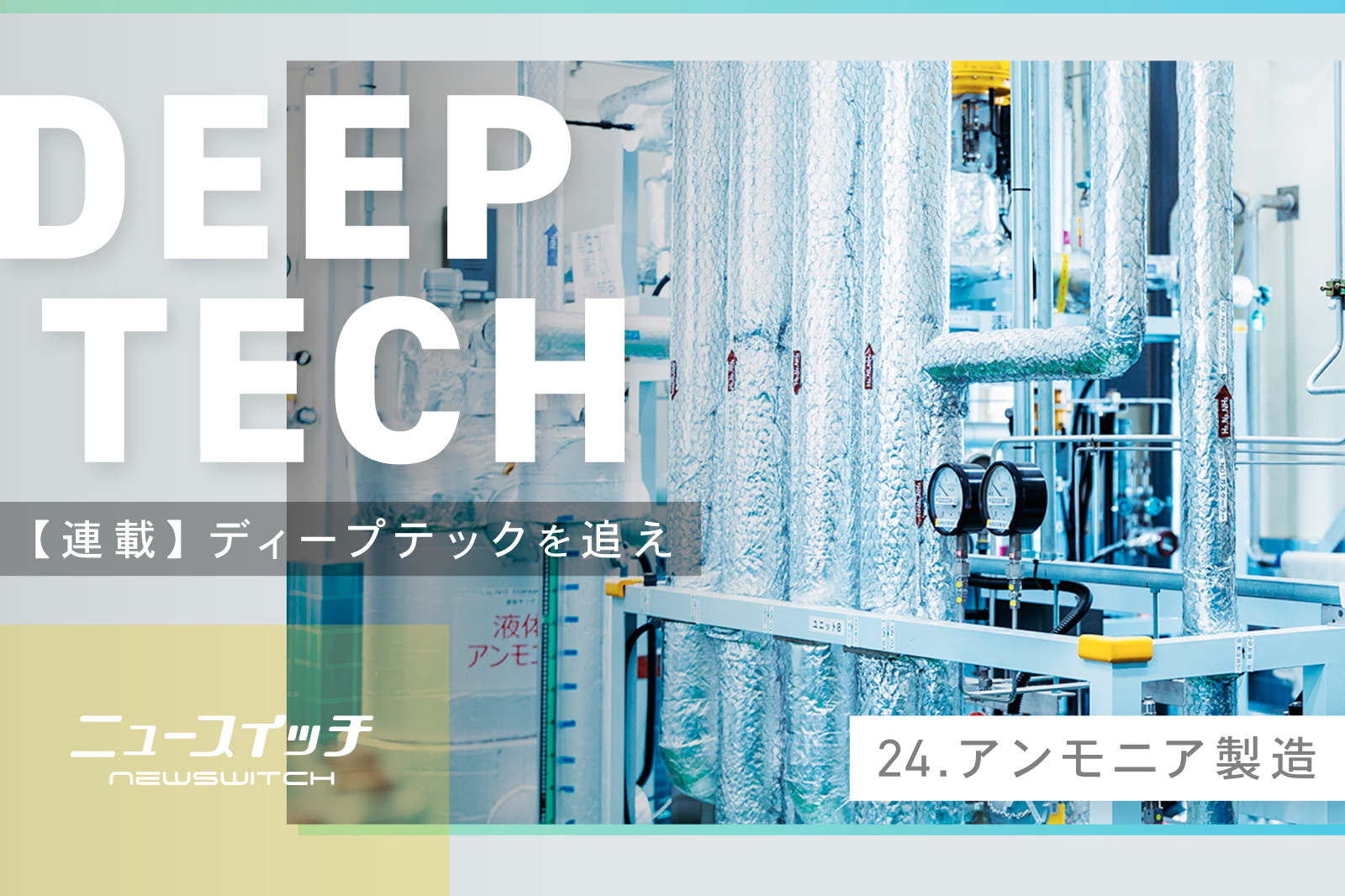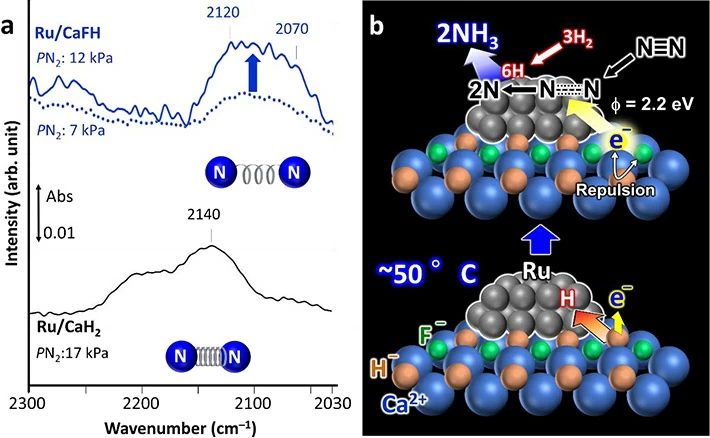

东京工业大学:50°C 下由氢和氮合成氨:100 年来的第一次革命
-日本开发新的制造方法-
Tsubame BHB(东京都中央区)
日本即将出现一种生产氨的新方法。
致力于“可以小规模生产氨的植物开发”。
Haber-Bosch 工艺的问题:
Haber-Bosch 工艺诞生于 20 世纪初的德国。
这种方法极大地改善了农业生产。
然而,
以空气中的氮气和氢气为原料
200 至 350 巴,
需要500度的反应条件。
它具有高能量负荷并且需要大型工厂。
生产氨的新方法:
Tsubame BHB 正在研究一种与过去不同的新制造方法。
它是一种在“低温低压”下生产氨的工厂。
这其中的关键是“C12A7 电子催化剂”。
由“东京工业大学细野秀夫教授”发现。
C12A7 电子催化剂:
将电子结合到水泥的组成结构中。
钌纳米颗粒固定在电子材料上。
它的催化作用是以前的 10 倍。
减少氨生产反应所需的能量。
低温低压制氨:
使用这种催化剂,可以在比以前更低的温度和更低的压力下生产氨。
您不需要大型工厂。
燕BHB:
通过提供可以现场(本地)生产氨的小型设施来改变氨的分布。
氨生产的区域分散:
事实上,氨生产主要集中在氨消费国和天然气产区。
从现在开始,燕BHB将
它计划在非洲等氨产量低的地区安装小型设备,以分散氨生产。
氨降价:
通过在使用区域实现生产,运输所需的二氧化碳将减少。
大部分氨价格花在运输和储存上。
川崎市中试工厂:
我们已经在川崎市的中试工厂展示了年产 20 吨的产能。
我们将从2009年开始接受公司的订单。
目标是在 23 年内交付。
清洁氨的制造:
氨是由可再生能源产生的电力生产的。
在制造和使用过程中成为不排放二氧化碳的“清洁氨”。
新开关
Fuelling the World Sustainably: Synthesizing Ammonia using Less Energy
Research Published: April 27, 2020
Scientists at Tokyo Institute of Technology
have developed an improved catalyst by taking the common dehydrating agent calcium hydride and adding fluoride to it.
The catalyst
facilitates the synthesis of ammonia at merely 50 °C, by using only half the energy that existing techniques require.
This opens doors to ammonia production with low energy consumption and reduced greenhouse gas emission.
Their catalyst
comprises a solid solution of CaFH, with ruthenium (Ru) nanoparticles deposited on its surface.The addition of fluoride (F-) to calcium hydride (CaH2),
a common dehydrating agent, is what makes the catalyst effective at lower temperatures and pressures.
After conducting spectroscopic and computational analyses,
the scientists propose a possible mechanism by which the catalyst facilitates ammonia production.
Tokyo Tech News | Tokyo Institute of Technology